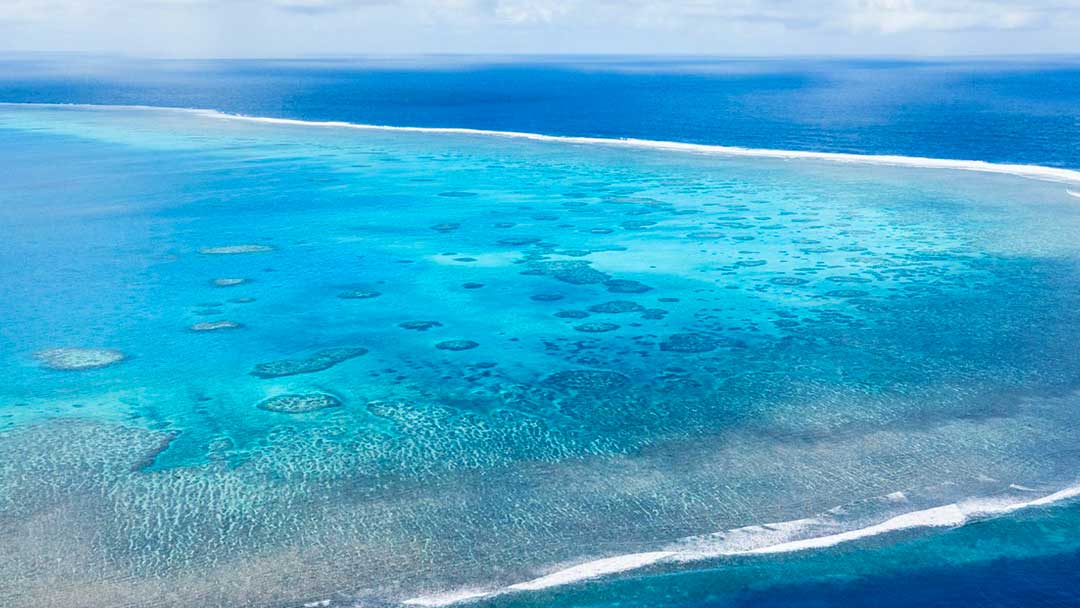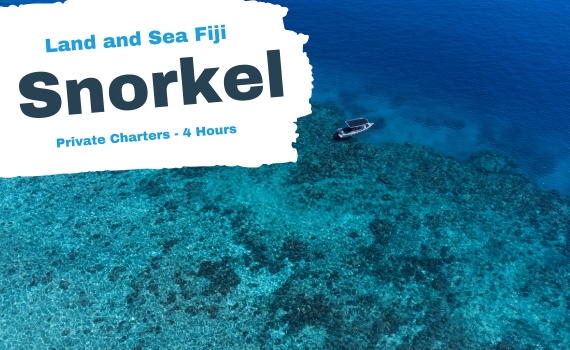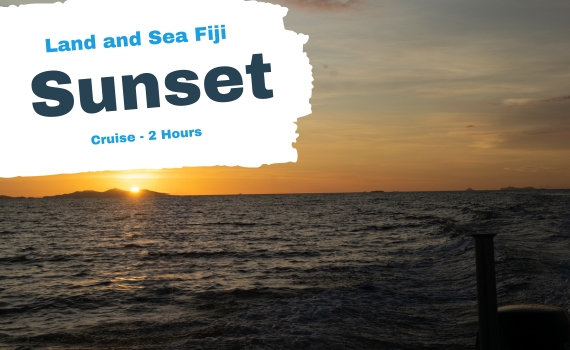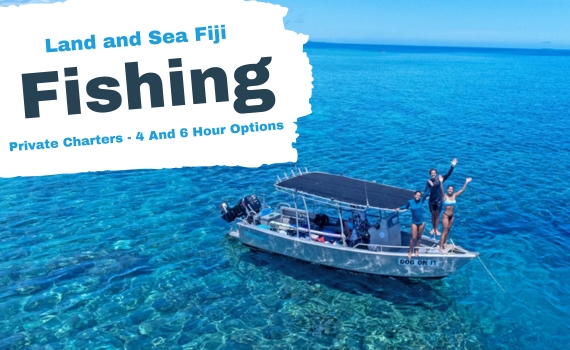
The Great Astrolabe Reef

Location and Size
The Great Astrolabe Reef surrounds Kadavu Island, Fiji’s fourth largest island, situated approximately 100 km south of Viti Levu. Stretching about 100 km long, it ranks as the world’s fourth largest barrier reef, forming a northeast arc from Kadavu’s southern coast, beyond Ono Island, up to Buliya Island.
Marine Life and Ecosystem
This remarkable ecosystem is a breeding ground for significant marine species, including tuna, marlin, giant trevally, and sharks. Vibrant coral formations, comprising hard and soft corals in a kaleidoscope of colours, are a hallmark of the reef. Diverse reef fish, pelagic species, and manta rays call this ecosystem home.
Exploring and Snorkeling
With over 60 exploration sites, the Great Astrolabe Reef offers an array of underwater landscapes. Popular sites include:
- Broken Stone: A network of passages, snorkelling swim-throughs, and caverns await exploration.
- Eagle Rock: Rock pinnacles, fast water passages, and abundant marine life make this site a standout.
- Naiqoro Passage: This recognized marine sanctuary boasts steep, soft coral drop-offs.
Visibility underwater averages 25 meters, increasing up to 40 meters on clear days. Water temperatures range from 25 to 32 degrees Celsius.
Tourism and Accessibility
Resorts on Kadavu and Ono islands provide accommodation with direct access to snorkelling and exploring. The best exploring conditions occur during the Southern Hemisphere winter months, with visibility up to 30 meters. The reef is accessible via flights to Vinusea Airport on Kadavu Island from Nadi or by ferry, although the trip is long. Due to its remote location, the Great Astrolabe Reef’s pristine condition makes it a world-class destination for exploring and snorkelling enthusiasts seeking a rich and diverse marine ecosystem.




